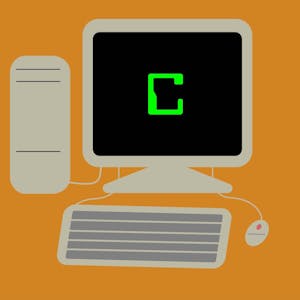History of Rock, Part One
About this Course
This course, part 1 of a 2-course sequence, examines the history of rock, primarily as it unfolded in the United States, from the days before rock (pre-1955) to the end of the 1960s. This course covers the music of Elvis Presley, Chuck Berry, Phil Spector, Bob Dylan, the Beatles, the Rolling Stones, Jimi Hendrix, Cream, and many more artists, with an emphasis both on cultural context and on the music itself. We will also explore how developments in the music business and in technology helped shape the ways in which styles developed. Rock emerged in the mid 1950s as a blending of mainstream pop, rhythm and blues, and country and western--styles that previously had remained relatively separate. This new style became the music of the emerging youth culture and was often associated with teen rebellion. We will follow the story of how this rowdy first wave of rock and roll (1955-59) was tamed in the early 60s but came roaring back with the Beatles and the Rolling Stones and then went psychedelic by the end of the decade.Created by: University of Rochester

Related Online Courses
This course is for everyone. In the new world we live in, coding is a universally valuable skill, whether you\'re a scientist, artist, or a humanist. Algorithms are everywhere, and we all have to... more
Dalam kursus ini, Anda akan belajar tentang data engineering on Google Cloud, peran dan tanggung jawab data engineer, dan bagaimana hal tersebut terhubung dengan penawaran yang disediakan oleh... more
This course offers a hands-on journey into the practical applications of Generative Artificial Intelligence (GenAI) in program management. Designed to revolutionize your approach to managing... more
This Specialization is intended for intermediate programmers who want to learn how to program Unreal Engine games using C++. Learners should complete at least one other programming Specialization... more
In this course, students will understand characteristics of language through big data. Students will learn how to collect and analyze big data, and find linguistic features from the data. A number... more








